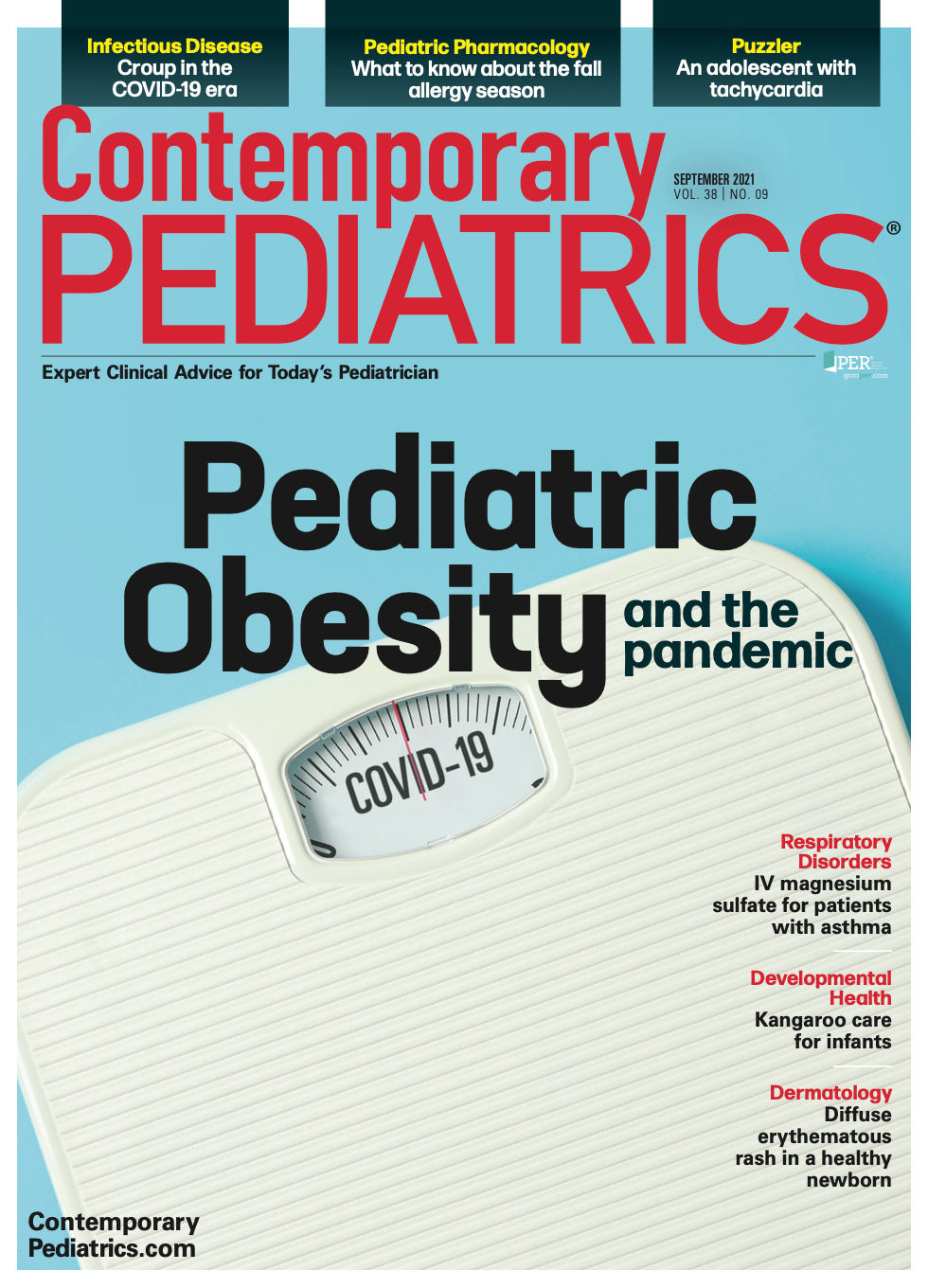A new school year, but safety first
COVID-19 cases are surging, underscoring the need to keep using known mitigation strategies. Dr. Tina Q. Tan shares her must-reads from the September issue.
Greetings! I hope everyone had an enjoyable summer and a chance to refresh and recharge as a new school year begins. Over the past month, the delta variant of SARS-CoV-2 has spread throughout the United States, especially in unvaccinated populations. This has caused a surge of COVID-19 infections and a significant increase in COVID-19 hospitalizations among children, with hospitalization rates, as of this writing, 4.6 times higher than they were a month ago. It is important to remember that the COVID-19 pandemic is not over. Please encourage everyone in your offices, hospitals, and elsewhere to continue to wear a mask and follow protective protocols to slow the spread of the virus.
This month’s journal has a number of must-read articles that address frequently encountered issues in pediatric practice. They include:
- Our cover story addresses the growing problem of obesity in children—an epidemic in the United States, with an estimated 20% of the pediatric population meeting the criteria—and its exacerbation by the COVID-19 pandemic. This resource reviews the history, diagnosis, and treatment of obesity and covers the screening recommendations for prediabetes and diabetes in obese children.
- The Infectious Diseases section offers a comprehensive review of croup and the “barking cough.” Given the unusual timing of this year’s respiratory season, this article is especially useful.
- The Pediatric Pharmacology report explains how to use fall allergy medications and distinguish between allergy and COVID-19 symptoms.
- Developmental Health describes kangaroo care’s positive effect on infants.
- Not to be missed: One of our own editorial advisory board members, Andrew Schuman, MD, shares his vision of the pediatrician’s office of the future and how the latest in medical technology may be incorporated to improve patient care.
Thank you for providing outstanding care to your patients during these rapidly changing times. As Ralph Watson stated, “Being positive in a negative situation is not naïve, it’s leadership.”
As always, I welcome your suggestions, comments, and questions.
With warmest regards,
Tina Q. Tan

Having "the talk" with teen patients
June 17th 2022A visit with a pediatric clinician is an ideal time to ensure that a teenager knows the correct information, has the opportunity to make certain contraceptive choices, and instill the knowledge that the pediatric office is a safe place to come for help.
Meet the Board: Vivian P. Hernandez-Trujillo, MD, FAAP, FAAAAI, FACAAI
May 20th 2022Contemporary Pediatrics sat down with one of our newest editorial advisory board members: Vivian P. Hernandez-Trujillo, MD, FAAP, FAAAAI, FACAAI to discuss what led to her career in medicine and what she thinks the future holds for pediatrics.